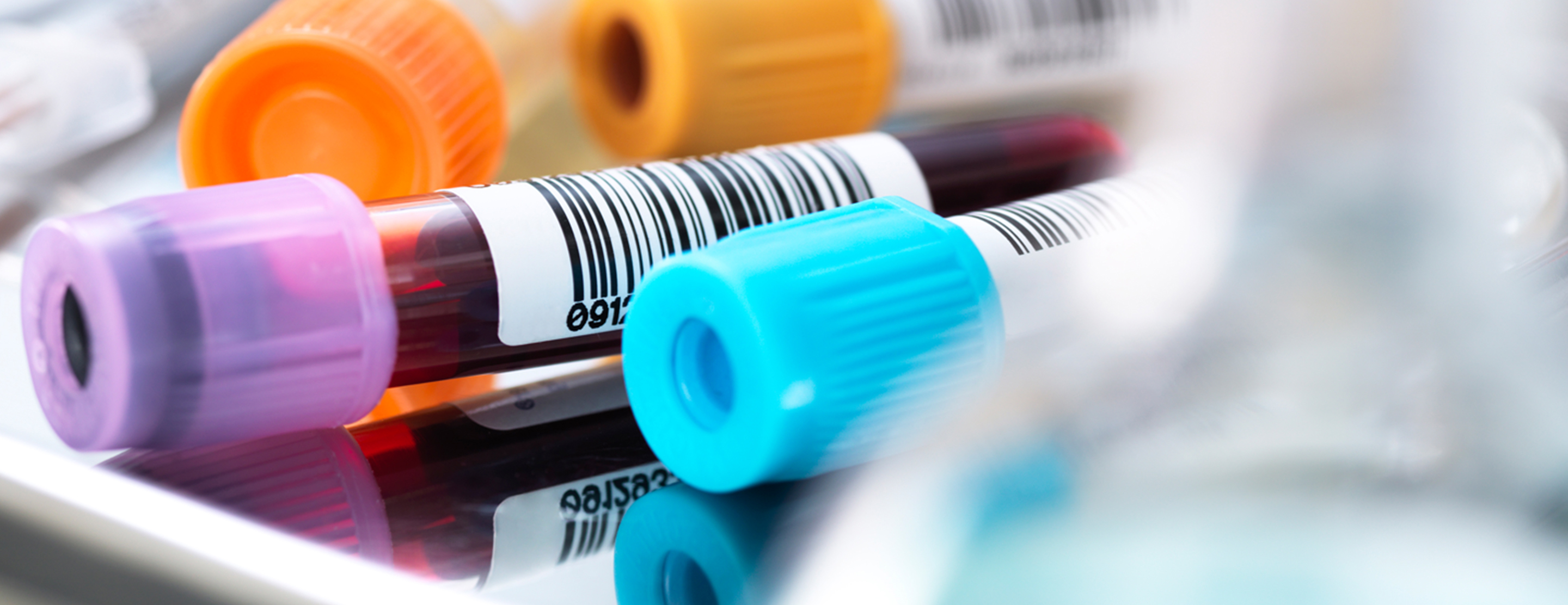
Complement
Definition
Complement is a blood test that measures the activity of certain proteins in the liquid portion of your blood.
The complement system is a group of nearly 60 proteins that are in blood plasma or on the surface of some cells. The proteins work with your immune system and play a role to protect the body from infections, and to remove dead cells and foreign material. Rarely, people may inherit deficiency of some complement proteins. These people are prone to certain infections or autoimmune disorders.
There are nine major complement proteins. They are labeled C1 through C9. This article describes the test that measures total complement activity.
Alternative Names
Complement assay; Complement proteins
How the Test is Performed
A blood sample is needed. This is most often taken through a vein. The procedure is called a
How to Prepare for the Test
There is no special preparation.
How the Test will Feel
When the needle is inserted to draw blood, some people feel slight pain. Others may feel only a prick or sting. Afterward, there may be some throbbing.
Why the Test is Performed
Total complement activity (CH50, CH100) looks at the overall activity of the complement system. In most cases, other tests that are more specific for the suspected disease are done first. C3 and C4 are the complement components measured most often.
A complement test may be used to monitor people with an
Complement activity varies throughout the body. For example, in people with
People with some bacterial blood infections and
Normal Results
The normal results for this test are:
- Total blood complement level: 41 to 90 hemolytic units
- C1 level: 14.9 to 22.1 mg/dL
- C3 levels: 88 to 201 mg/dL
- C4 levels: 15 to 45 mg/dL
Note: mg/dL = milligrams per deciliter.
Note: Normal value ranges may vary slightly among different laboratories. Talk to your health care provider about the meaning of your specific test results.
The examples above show the common measurements for results for these tests. Some laboratories use different measurements or may test different specimens.
What Abnormal Results Mean
Increased complement activity may be seen in:
- Cancer
- Certain infections
Ulcerative colitis
Decreased complement activity may be seen in:
Cirrhosis Glomerulonephritis Hereditary angioedema Hepatitis Kidney transplant rejectionLupus nephritis - Malnutrition
- Systemic lupus erythematosus
- Rare inherited complement deficiencies
Risks
Risks associated with having blood drawn are slight, but may include:
- Excessive bleeding
- Fainting or feeling lightheaded
- Hematoma (blood accumulating under the skin)
- Infection (a slight risk any time the skin is broken)
Considerations
The "complement cascade" is a series of reactions that take place in the blood. The cascade activates the complement proteins. The result is an attack unit that creates holes in the membrane of bacteria, killing them.
References
Chernecky CC, Berger BJ. C. In: Chernecky CC, Berger BJ, eds. Laboratory Tests and Diagnostic Procedures. 6th ed. St Louis, MO: Elsevier Saunders; 2013:266-432.
Holers VM. Complement and its receptors: new insights into human disease. Annu Rev Immunol. 2014;3:433-459. PMID: 24499275
Merle NS, Church SE, Fremeaux-Bacchi V, Roumenina LT. Complement system part I - molecular mechanisms of activation and regulation. Front Immunol. 2015;6:262. PMID: 26082779
Merle NS, Noe R, Halbwachs-Mecarelli L, Fremeaux-Bacchi V, Roumenina LT. Complement system part II: role in immunity. Front Immunol. 2015;6:257. PMID: 26074922
Morgan BP, Harris CL. Complement, a target for therapy in inflammatory and degenerative diseases. Nat Rev Drug Discov. 2015;14(2):857-877. PMID: 26493766
Review Date: 01/16/2019
The information provided herein should not be used during any medical emergency or for the diagnosis or treatment of any medical condition. A licensed physician should be consulted for diagnosis and treatment of any and all medical conditions. Call 911 for all medical emergencies. Links to other sites are provided for information only -- they do not constitute endorsements of those other sites. Copyright ©2019 A.D.A.M., Inc., as modified by University of California San Francisco. Any duplication or distribution of the information contained herein is strictly prohibited.
Information developed by A.D.A.M., Inc. regarding tests and test results may not directly correspond with information provided by UCSF Health. Please discuss with your doctor any questions or concerns you may have.





